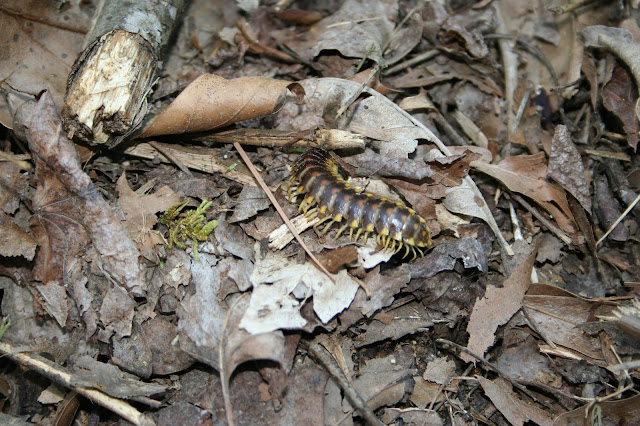Growing up wild in North Carolina, some of the most memorable moments I've spent in the outdoors have come while engaged in gastronomic pursuits. Nature offers the knowledgeable an abundance of natural treats, not least among them (despite their diminutive size) a number of edible fungi. My favorite is the wild morel, and early April is its season here in the south.
Wild morels adorn the tables of the world's finest restaurants, and they can command a hefty price. Online gourmet food sites might offer dried wild morels for $150-$200.00 per pound. Fortunately for us, a pound or two of fresh morels are easily obtained each spring from the Carolina forest at no charge.
When the pines release their pollen in earnest, the fiddleheads of the fern unfurl, and the mayapples spread their verdant parasols, it's time to head for the bottomland hardwood forests in pursuit of this elusive springtime delicacy.
Mycophagists from the midwestern U.S. post pictures of forest clearings and green meadows with dozens of large, plump yellow or black morels awaiting the lucky forager. Communities such as Boyne City, Michigan host annual Morel Festivals, and award trophies to grinning mushroom hunters whose buckets are brimming with hundreds of these tasty morsels.
Our experience here in the heart of Carolina has been a bit different. A very successful foray might yield dozens, not hundreds, of morels, found growing singly or perhaps in small clusters of three to five; and averaging 1-2 inches in height, not 3-6 inches as in some other regions. But we're not complaining!
A typical morel-bearing site in our area is a mature bottomland forest, split by small streams and boasting significant numbers of tulip poplar trees, mixed perhaps with American beech, hickory, ash, sweet gum and sycamore trees. Our experience suggests that the southeastern species of morel we collect, Morchella virginiana, has a mycorrhyzal relationship with the tulip tree, and recently published scientific studies seem to concur.
Once a promising site is located, the real challenge begins. Morels emerge when the forest floor is still largely brown with fallen leaves, and both their wrinkled, pitted contours and brown or tan color render them almost invisible amongst the beech leaves and sweet gum balls.
While morels are a delicious treat when properly cooked and prepared, the quest itself is every bit as rewarding as the hoped-for meal. The gift of a few hours in the Carolina outdoors in spring is priceless.
A recent foray was conducted to the soundtrack of a pair of foraging pileated woodpeckers which seemed to follow us throughout the entirety of our excursion, and another led us to an encounter with this eastern box turtle, just emerged from a long winter's nap.
In fact, morels and old turtles are but a few of the recently emerged one might meet on an early April mushroom foray in the wilds of Caroline...
eastern cottontails in miniature,
many-legged millipedes,
and marbled salamanders,
to name a few.
Happy Hunting!














No comments:
Post a Comment